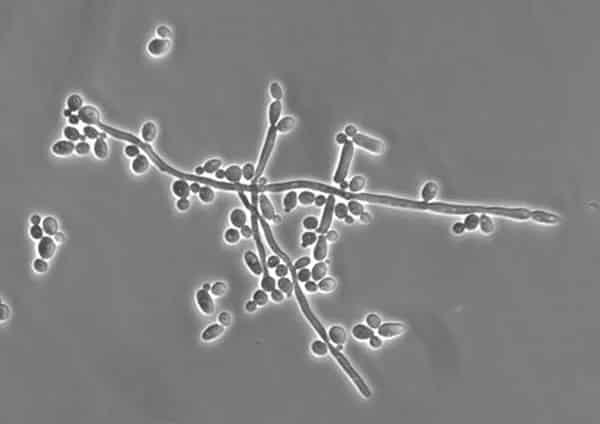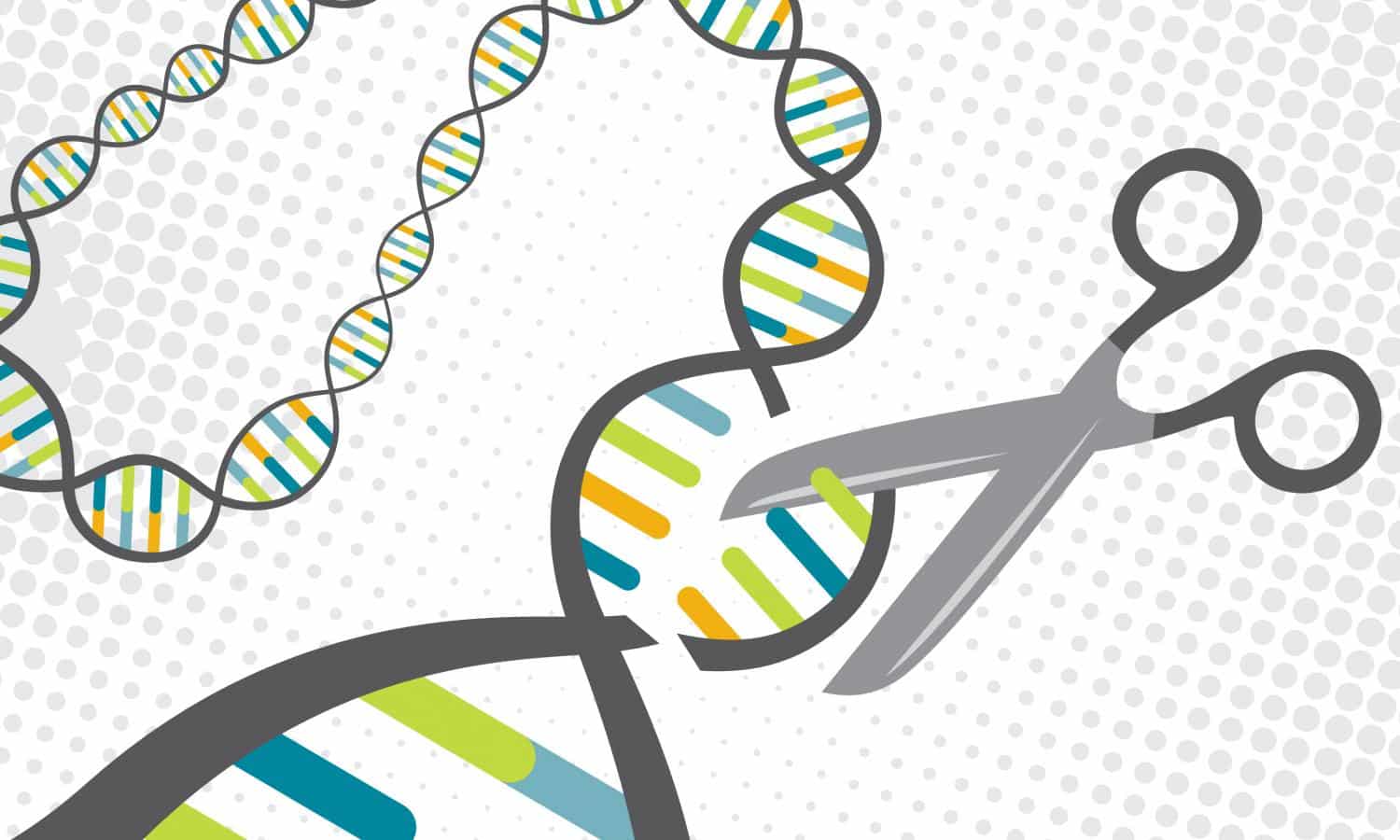CRISPR Aids in Driving Out Drug Resistance in Fungal Pathogen
In the past five years, scientists have figured out how to exploit a quirk in the immune systems of bacteria to edit genes in other organisms — plant genes, mouse genes, even human genes. With CRISPR, they can now make these edits quickly and cheaply, in days rather than weeks or months.
Now, in a dramatic step forward investigators at the Wyss Institute for Biologically Inspired Engineering, within Harvard University, have developed a CRISPR/Cas9-based gene drive platform to address growing drug resistance in the fungal pathogen Candida albicans.
Fungal pathogens are a leading cause of human mortality among the ever-growing immunocompromised population. The most pervasive cause of fungal infections is Candida albicans, an opportunistic pathogen present in the human microbiome. As with other fungal infections, treating C. albicans is challenging due to its close evolutionary relationship with its human host. Furthermore, C. albicans readily forms robust biofilms on medical devices—including urinary and venous catheters—that are highly resistant to antifungal treatment and result in the highest crude mortality rate for medical-device-associated infections.

Each C. albicans microbe is a “diploid” organism, as it usually contains two copies of its entire genome and of all the genes encoded within. However, to understand the role that a specific gene plays, researchers need to be able to delete both copies at the same time, allowing them to observe the effects of the gene’s total absence, which has been a difficult challenge in C. albicans.
Researchers in their most recent venture, a collaborative team led by James Collins and George Church, two Core Faculty members at Harvard’s Wyss Institute for Biologically Inspired Engineering, have developed a CRISPR-Cas9-based “gene drive” platform to create diploid strains of the pathogen in which both gene copies could be efficiently deleted. The technique may lead the way toward a better understanding of drug resistance and biofilm-forming mechanisms, and through future research, it could help pinpoint new drug targets and combination therapies.
“We used haploid C. albicans strains and replaced genes that we wanted to eliminate with a gene drive that we previously developed and adjusted to the specific biology of C. albicans,” Dr. Church explained. “After mating, these ‘selfish genetic elements’ proceed to replace the normal copy of the gene in the diploid fungi. The approach worked so efficiently that it enabled us to even delete pairs of different genes simultaneously with higher throughput and to explore whether their functions are related.”
This novel gene-drive approach involves the Cas9 enzyme being targeted to two regions that flank a gene in haploid C. Albicans fungi by two so-called guide RNAs (gRNAs). After the targeted gene sequence has been cut out, an engineered gene drive cassette expressing all Cas9 and gRNA components is inserted in its place. When two haploid fungi are mated to form diploid offspring, the gene drive will also substitute the gene’s counterpart in the other chromosome, effectively deleting the original version from the organism entirely.
By applying their gene deletion approach, the team was able to identify combinations of genes that act synergistically in defying certain drugs, or in triggering biofilm formation. “For example, deleting either the two efflux pump-encoding genes CDR1 and CDR2, or TPO3 and CDR2 together, rendered C. albicans highly sensitive to fluconazole and other antifungal drugs, suggesting that targeting two mechanisms at the same time could help overcome drug resistance,” said Rebecca Shapiro, Ph.D., a Postdoctoral Fellow in Collins’ team. Shapiro teamed up with Alejandro Chavez, Ph.D., as first co-authors on the publication. “In biofilm formation assays, we also found that loss of the ALS3 adhesion factor gene synergizes with the loss of several other adhesion factor genes, which makes it a highly interconnected hub of biofilm adhesion and an interesting candidate to further explore.”
The study offers new inroads into understanding the difficult territory of C. albicans pathogenesis and drug resistance. “We can now get a much better handle on how genetic networks that underlie the virulence of C. albicans are organized, see how they respond to specific environmental and drug perturbations, and thereby uncover new vulnerabilities, that in the future may lead to new drug targets and combination therapies,” said Collins, Ph.D., who also is the Termeer Professor of Medical Engineering & Science at Massachusetts Institute of Technology (MIT) and a Professor of Biological Engineering at MIT. “Moreover, our gene drive array platform can be a blueprint for similar approaches in other fungal pathogens, such as the newly emerging Candida auris, which is highly drug-resistant and has already been marked as a threat by the Centers for Disease Control and Prevention.”























